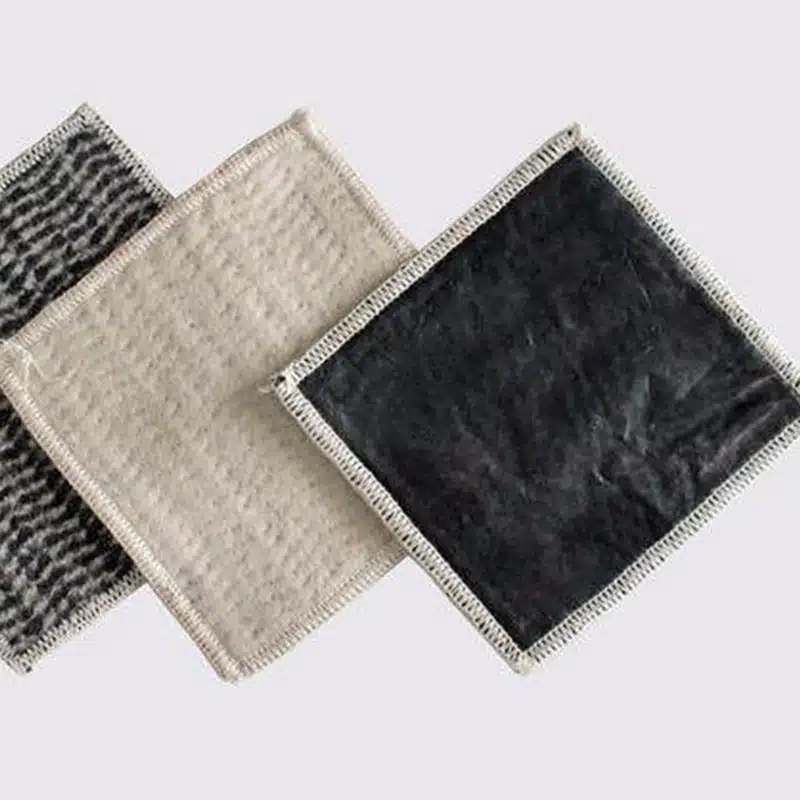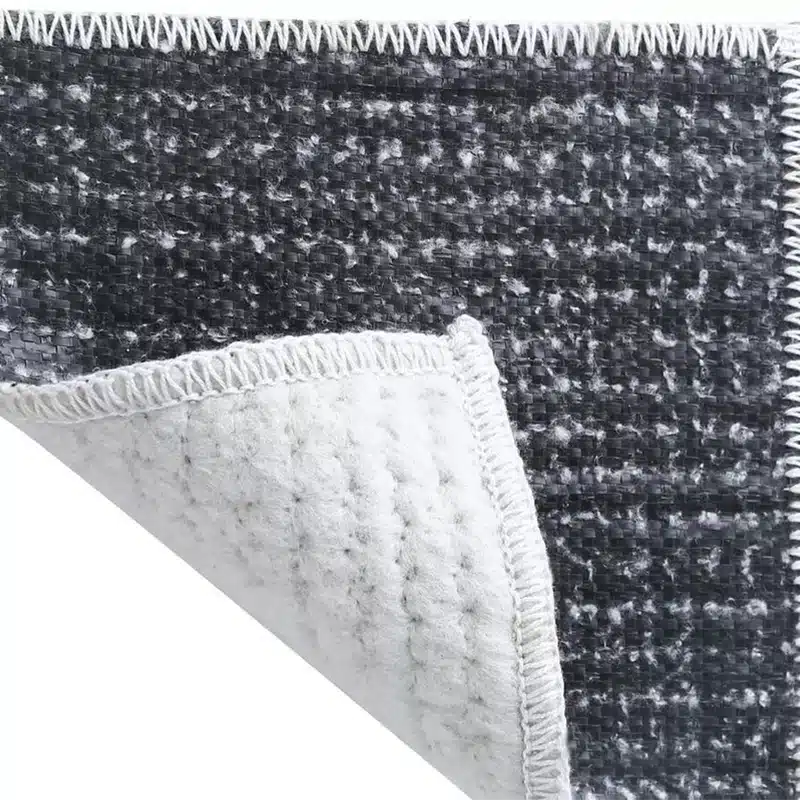+86-159 9860 6917
info@geofantex.com
geofantex@gmail.com
+86-400-8266163-44899
Paved roads are essential infrastructure, supporting the efficient movement of people and goods. However, these roads are constantly exposed to stresses from traffic loads, weather conditions, and ground movement, all of which can lead to wear and damage. Geosynthetics, an advanced category of materials, have become invaluable in strengthening and stabilizing paved road structures. These synthetic materials play a crucial role in enhancing the longevity, durability, and performance of roads by providing essential reinforcement, filtration, and drainage. This article explores the application of geosynthetics in paved roads, their civil engineering applications, and how they differ from geotextiles.
What are geosynthetics in pavement?
Geosynthetics in pavement refer to synthetic materials used to improve the structural integrity and longevity of road surfaces. Typically, a geosynthetic is a planar product manufactured from a polymeric material used with soil, rock, earth, or other geotechnical-related material as an integral part of a civil engineering project, structure, or system. These materials, such as geotextiles, geogrids, and geomembranes, are integrated into different layers of the pavement to enhance strength, reduce deformation, and prevent erosion. When applied on pavements, geosynthetics help distribute loads more effectively, reducing rutting, cracking, and other signs of wear. By doing so, they contribute to more resilient and longer-lasting paved roads that require less frequent maintenance.

How are geosynthetics applied in civil engineering?
In civil engineering, geosynthetics serve a wide range of applications. They are used in road construction, retaining walls, landfills, drainage systems, and more. In roads, specifically, geosynthetics play a crucial role in stabilizing and separating unbound pavement layers, which improves load distribution and provides stability even on soft or uneven subgrades. These materials help in soil reinforcement, slope protection, and separation between soil and pavement layers, keeping the road structure intact. Additionally, geosynthetics are often designed to allow for controlled water drainage while filtering fine particles, preventing soil erosion, and maintaining the roadbed’s stability over time.
What is the difference between geotextile and geosynthetic materials?
engineering purposes. They compose some of the most versatile materials for ground and construction modification. Geotextiles describe a wide range of materials that are like traditional textiles. Geotextiles are a specific type of geosynthetic material, but not all geosynthetics are geotextiles. These permeable fabrics, made from polypropylene or polyester, are used primarily for filtration, separation, and reinforcement. They allow water to pass while blocking soil particles, which helps in erosion control and drainage. In contrast, geosynthetics encompass a broader range of materials, including geomembranes, geogrids, geocells, and geonets, each tailored for specific functions such as waterproofing, reinforcement, or drainage. While geotextiles are one of the most commonly used geosynthetics in paved roads, other types are often combined to meet specific engineering requirements.
What are geosynthetics in pavement reinforcement applications?
In pavement reinforcement applications, geosynthetics strengthen the layers within the pavement structure. Base reinforcement results from the addition of a geogrid or composite at the bottom or within a base course to increase the structural or load-carrying capacity of a pavement system by the transfer of load to the geosynthetic material. Geogrids, for instance, are commonly used to reinforce the base and sub-base layers to prevent movement and improve load-bearing capacity. This reinforcement minimizes the impact of repeated loading, reducing pavement deformation and extending its lifespan. Geotextiles are often placed between the soil and aggregate layers to provide separation and filtration, while geocomposites combine various geosynthetic functions, such as drainage and reinforcement, in one material. By improving the strength and stability of the pavement layers, geosynthetics in reinforcement applications help maintain the road’s performance under heavy traffic and adverse environmental conditions.
The use of geosynthetics in paved roads offers multiple benefits, from improved load distribution and reduced maintenance costs to enhanced durability against environmental and traffic stresses. As an essential component in modern civil engineering, geosynthetics like geotextiles, geogrids, and geomembranes help reinforce and stabilize paved roads, making them more resilient and sustainable. By addressing common road issues like erosion, soil instability, and water drainage, geosynthetics play a crucial role in supporting the development of longer-lasting and safer road infrastructure.



Get Free Sample
We’ll respond as soon as possible(within 12 hours)





















